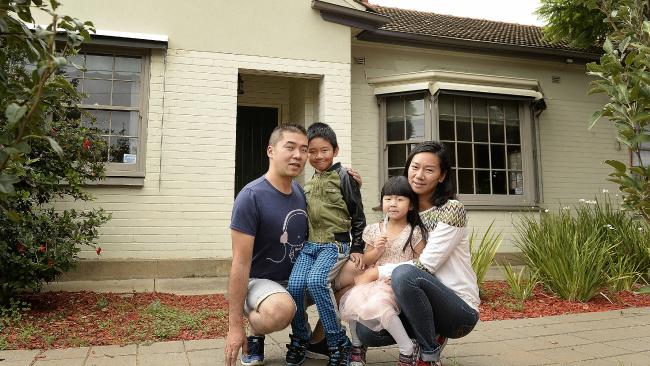
(Photo Credit: Dan Cooper/Stokpic.com)
A recent move by PricewaterhouseCoopers shows that there’s value in listening to the wants and needs of Millennial workers — possibly $850 million worth. The value isn’t simply in changing a business to be a more “Millennial-friendly” environment, but creating a symbiosis in which both parties dramatically benefit from the simple concept of listening.
Whether you’re a manager of Millennials, a younger worker, or both, there’s a lot to learn from PwC’s experiences.
Demonstrated Interest
When PwC noticed that employees were leaving the firm, they went out and interviewed 44,000 of their employees to see what was the matter.
When you start to feel dissatisfied with your company, you don’t have to wait for the survey. Take the time to schedule a one on one with your supervisor, and be direct (albeit careful) about your reservations. The Muse‘s Jennifer Winter, a career consultant, says it this way: “sometimes bosses have no idea their employees aren’t totally loving their work. And, if you do it right, both you and your boss will thank you for speaking up.”
Demonstrated Changes
The second half of PwC’s important transformation is that they didn’t merely stop at asking employees what was wrong: they gathered data, made a calculated decision, and implemented a change. In this instance, they heard a number of employees saying that they lacked desired flexibility in hours and commute. PwC’s plan was to turn their offices in to shared workspaces, so employees could reserve a desk at any number of locations.
It’s not about your demands being met. When an you as an employee feel like your ideas are being heard, Business News Dailynotes, you’ll be more engaged with your work, more productive, and more likely to stay at that job. That in and of itself should be enough incentive for your boss to take some time to hear you out.
Mutually Beneficial Outcomes
For PwC, it became clear pretty quickly why all of this overhaul was a good idea: not only did they estimate that it would save them millions of recruiting dollars — because now employees wanted to stay on, having a newfound sense of flexibility — but there was also an estimated savings of $850 million in real estate costs, because of the change in structure.
When employees can collaborate with their employers on creative changes to tired and dissatisfying ways of working, everyone wins. It’s really that simple.
[SOURCE :-payscale]


